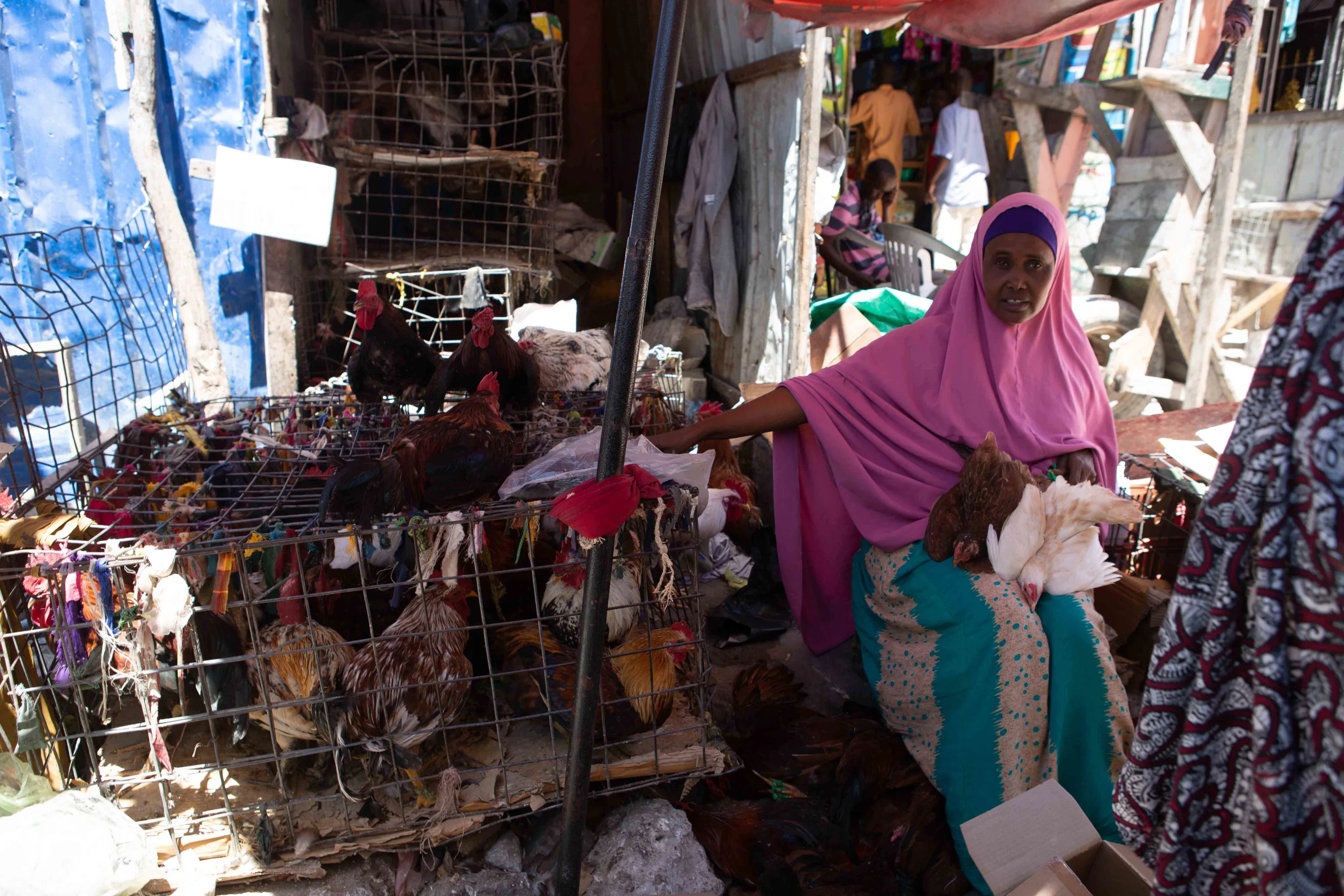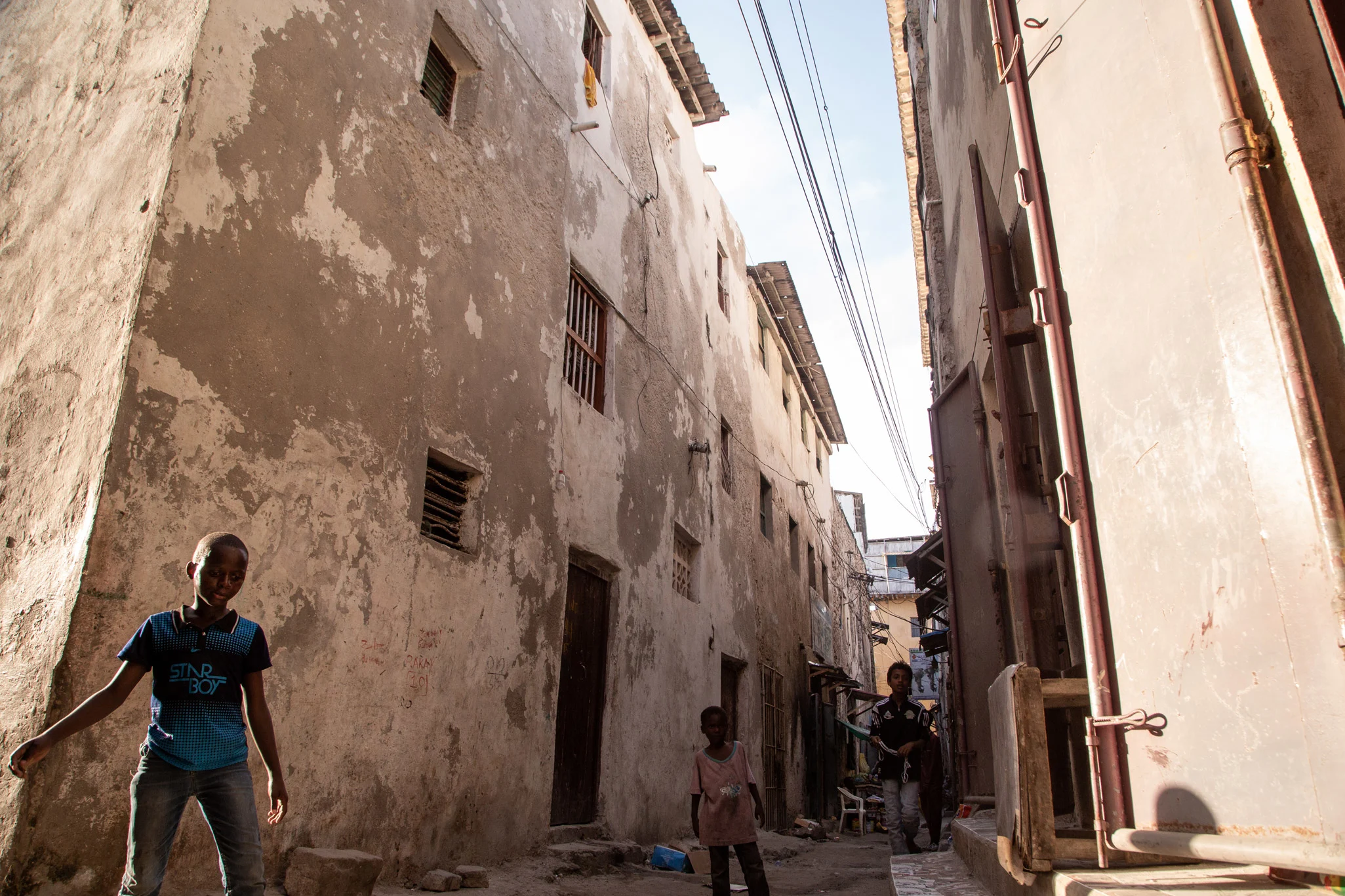
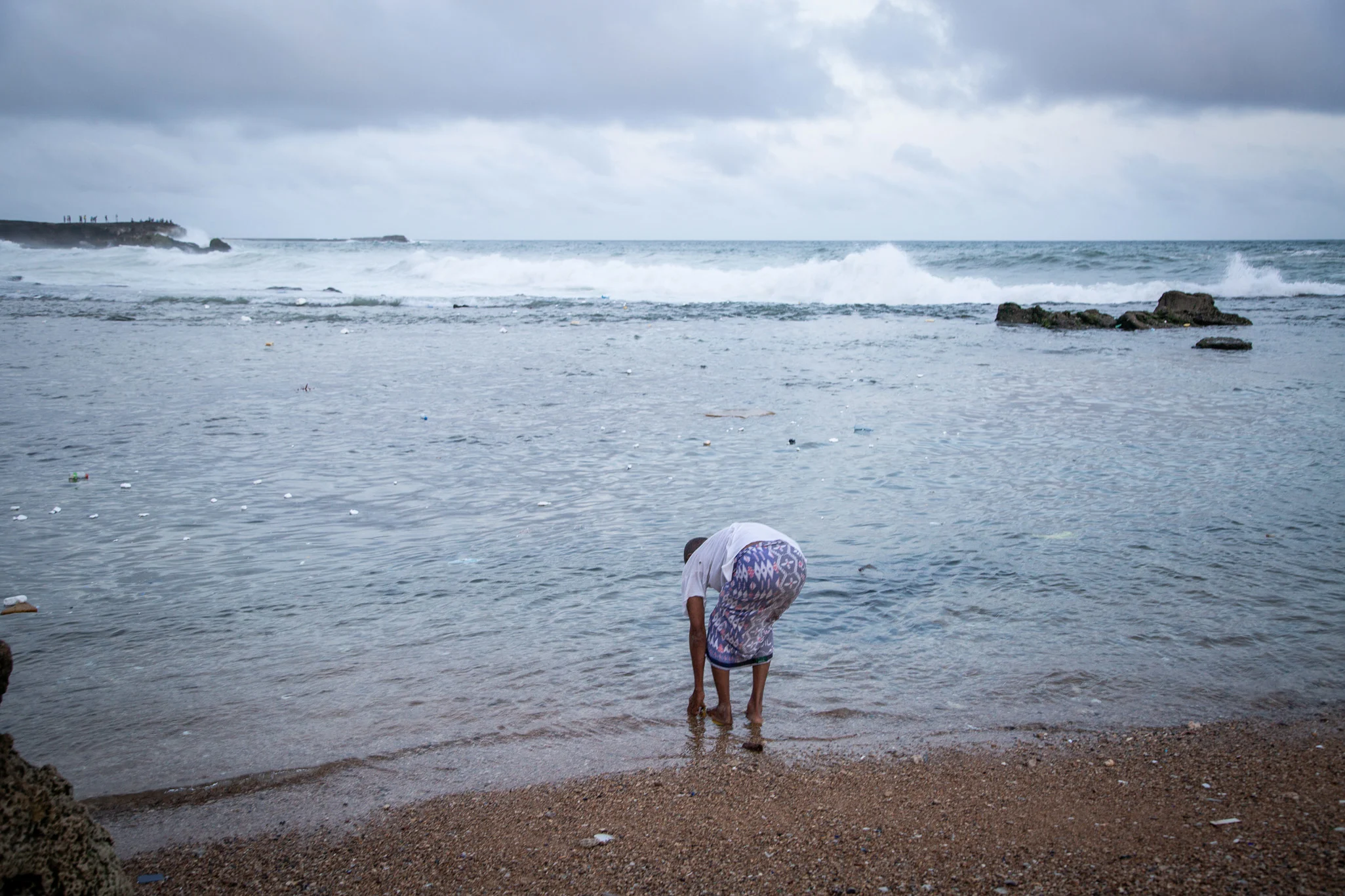
Since she began to document the streets of Somalia with her camera, Somali Kenyan photographer Fardosa Hussein has realized that a woman doing something creative is often looked down on or even disallowed. She’s been turning her lens to the women of her local neighborhoods, from her 12 sisters – some of the first people she photographed – to the mothers who inspire her as they take care of their families. She has often felt invisible as a woman in Somalia, but hopes that telling these stories to the world can change that. She tells Gem Fletcher that, by elevating and empowering these women, she’s also empowering herself.
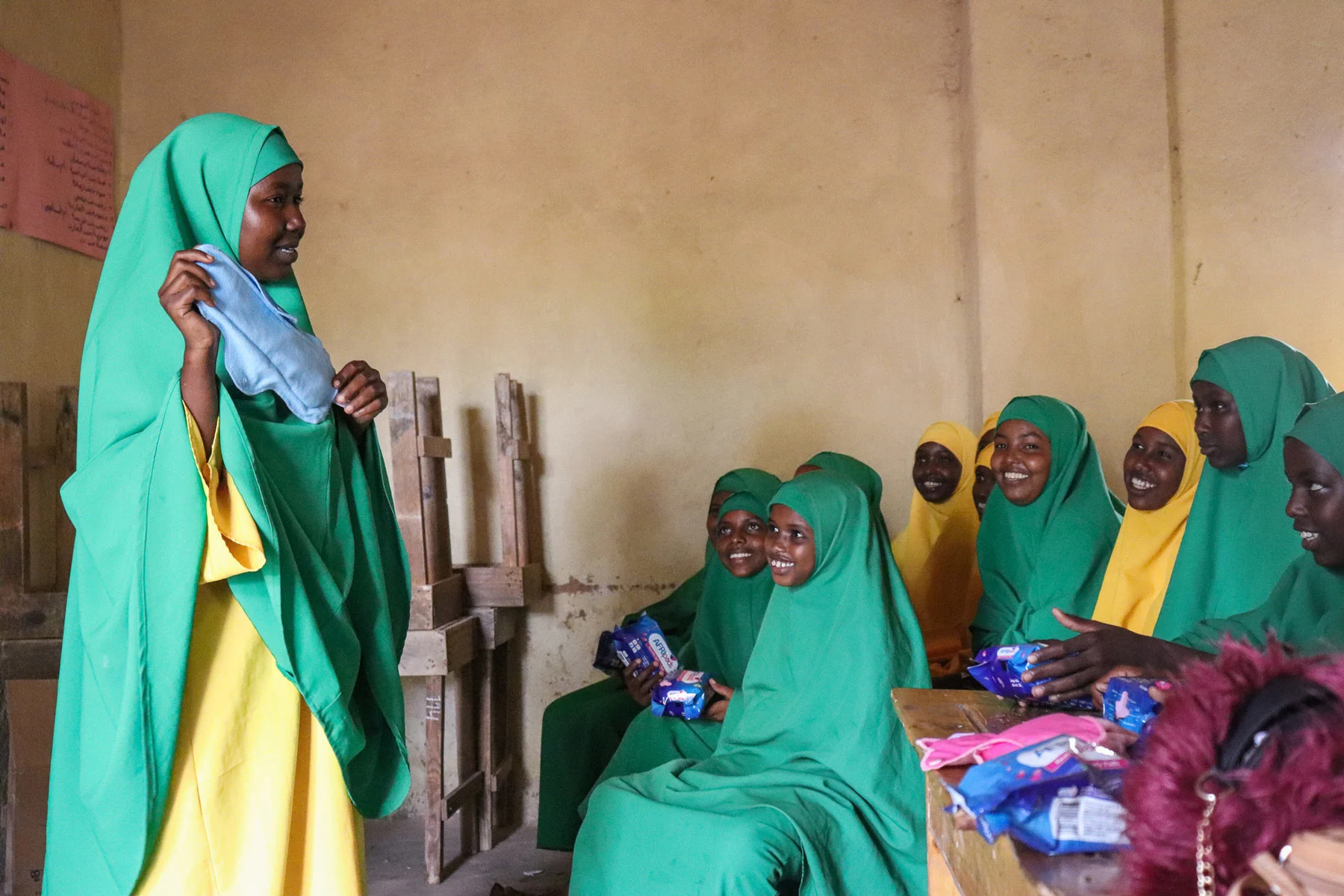
Throughout history, colonialism has used various forms of visual representation as a weapon. The assertion of violent and reductive stereotypes that exoticize difference and victimize struggle has contributed to the fabrication of visual mythologies about people and places for centuries. Fardosa Hussein disrupts the dominant narrative by using her camera as a tool for solidarity. “Photographs of Somalia have pushed a narrative of war, poverty, hunger and suffering for decades,” Fardosa says, “to the point where people around the world can no longer imagine Somalia outside of that lens. My work – and that of other artists in the country – is now striving for a different narrative, one that shows the reality on a day-to-day basis.
“I got into photography out of necessity,” Fardosa tells me. From a young age, she observed the profound inequality in journalism. Spending much of her childhood watching conflicts in Iraq, Afghanistan and Somalia unfold on the news, she became acutely aware that every story was told from the same perspective and often rendered the lives of women unseen and undervalued. “Every reporter was a man,” Fardosa explains. “It made me feel like women weren’t meant to be covering the news. I also felt that a woman’s point of view was missing – vital parts of stories that would make people feel more connected were being left out.” Inspired to change this lack of diversity, Fardosa enrolled in Nairobi’s Daystar University to study journalism in 2013. Frustratingly, she often found herself the only woman in classrooms dominated by the male gaze. “This only motivated me more,” she tells me. “It confirmed how vital my actions were and that the only way our perspective would be out there is if we told our own stories.”

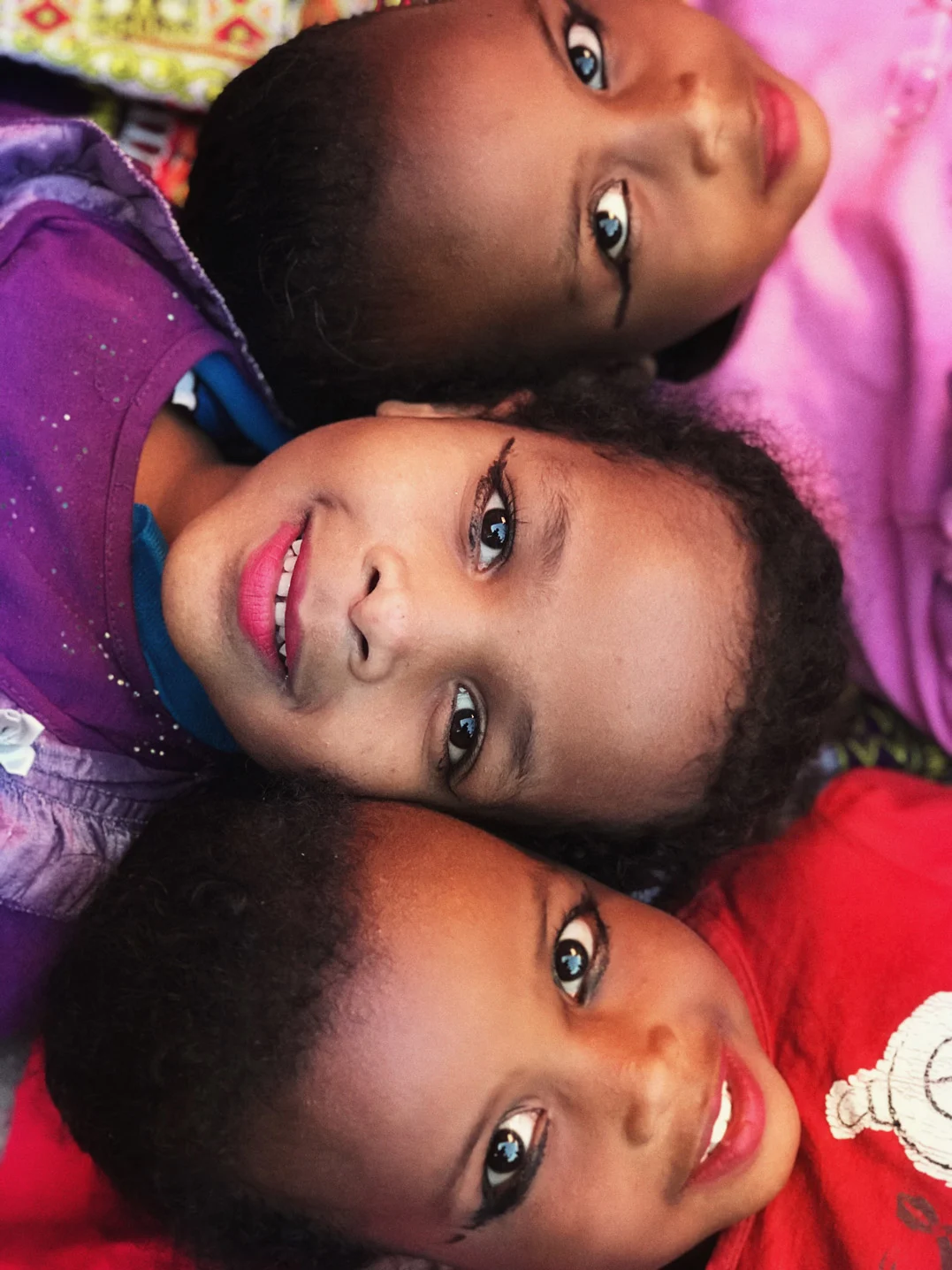
I’ve always felt invisible as a woman myself, and my art is a reaction to this. In elevating and empowering them, I feel like I’m also empowering myself.
Fardosa is now living in the Somali capital, Mogadishu, using her platform to chronicle the everyday lives of women and girls. Set against the city’s shifting political, environmental and architectural landscape, her found street scenes and tender portraits describe how layers of history shape our cultural identities. Despite the joy and empowerment her work provides, personal safety is still a volatile matter for a woman photographer in Mogadishu. “I have to tread carefully when I work on the street. I’m constantly dealing with verbal abuse and shaming by men for the work I do.” Despite the profound anxiety and threat of harassment, Fardosa perseveres.
At first glance, Fardosa’s work could be described as a collection of intimate portraits depicting a strong community of women. In truth, her work is a radical act of reclaiming: Her photographs embody a new, truthful visual archive where memories and culture can be preserved and treasured. For Fardosa, the act of photography is collaborative and mutual. She supports her community by locating their innermost capabilities, teaching methods of survival, self-actualization and social reorganization. Together, the connections and relationships built through picture-making act as a guide for personal and collective awakening. Untethered from the expectations of men, this new visual history created for women by women is a powerful beacon of hope for the next generation.
The resilience of these mothers manifests in their bond with their children.
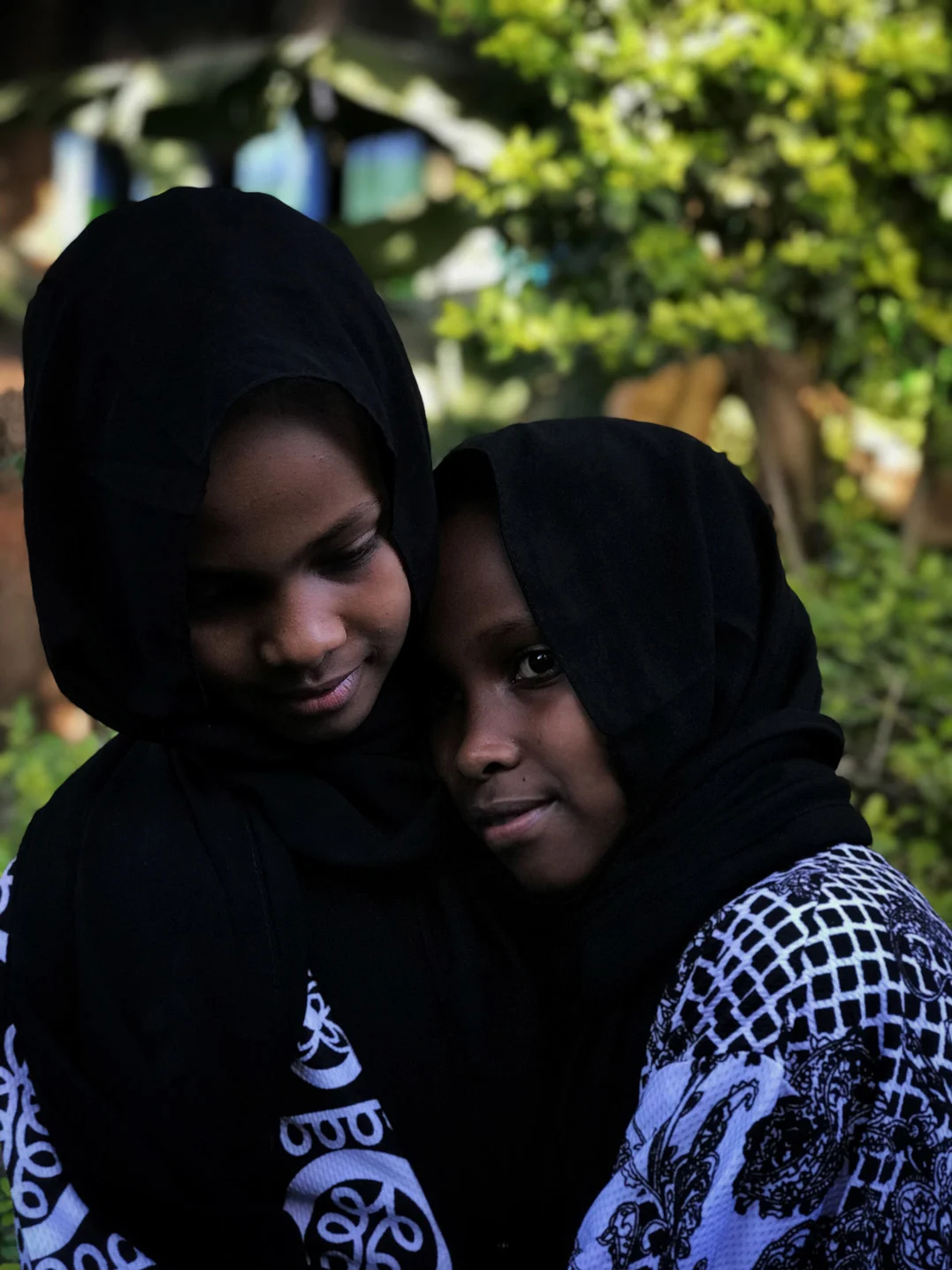
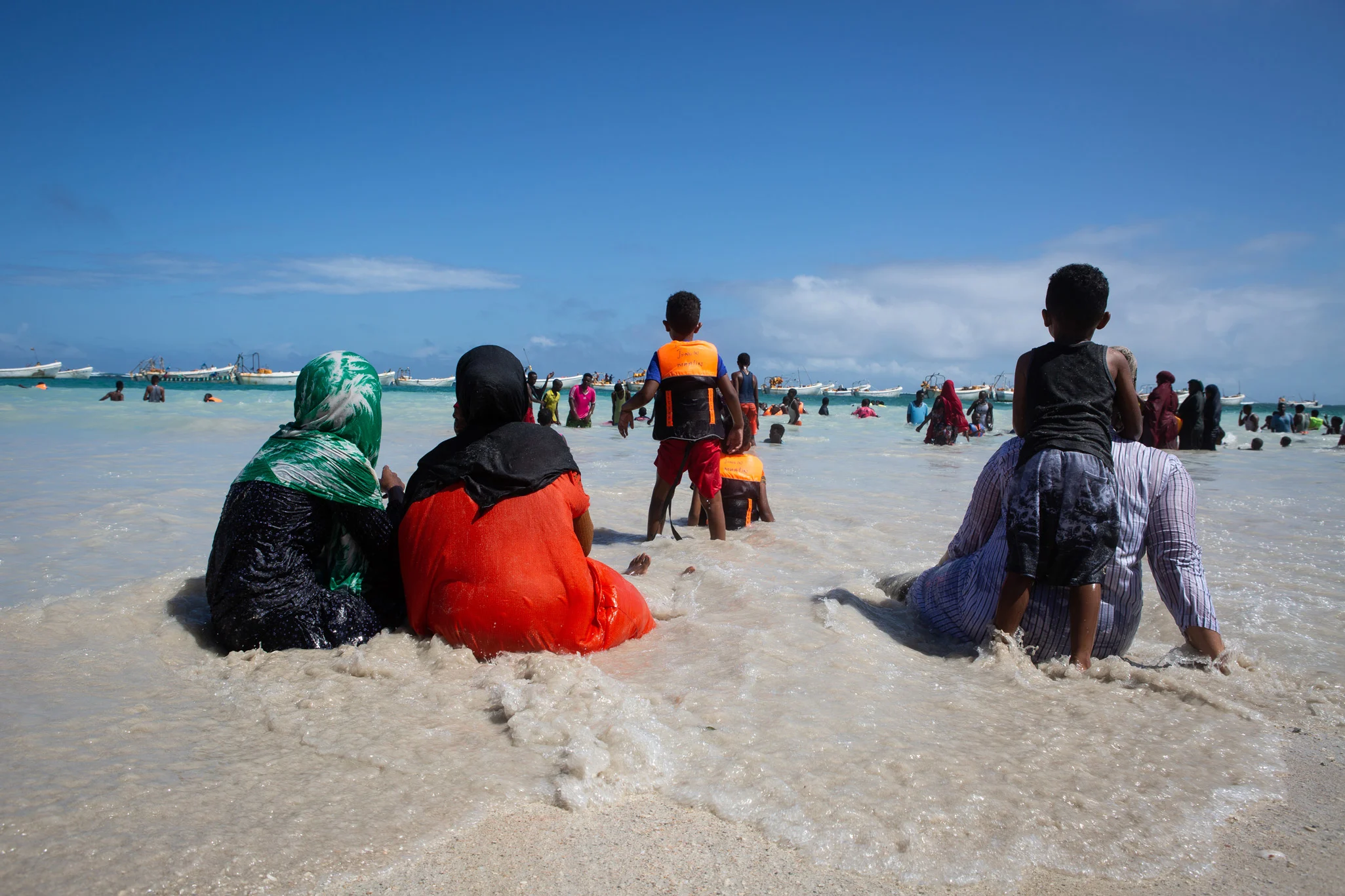
“I came to Somalia in 2018, and it was in a very different place. The civil war had ended, and the country was healing. Many children and adults born during the civil war had never experienced peace. Life is starting again now; children are back in school and businesses are open. It’ll be a long and fragile process of recovery, but economically things are moving forward. My intention is to document daily life, illustrating the positive side of the recovery process and how far Mogadishu has come.”
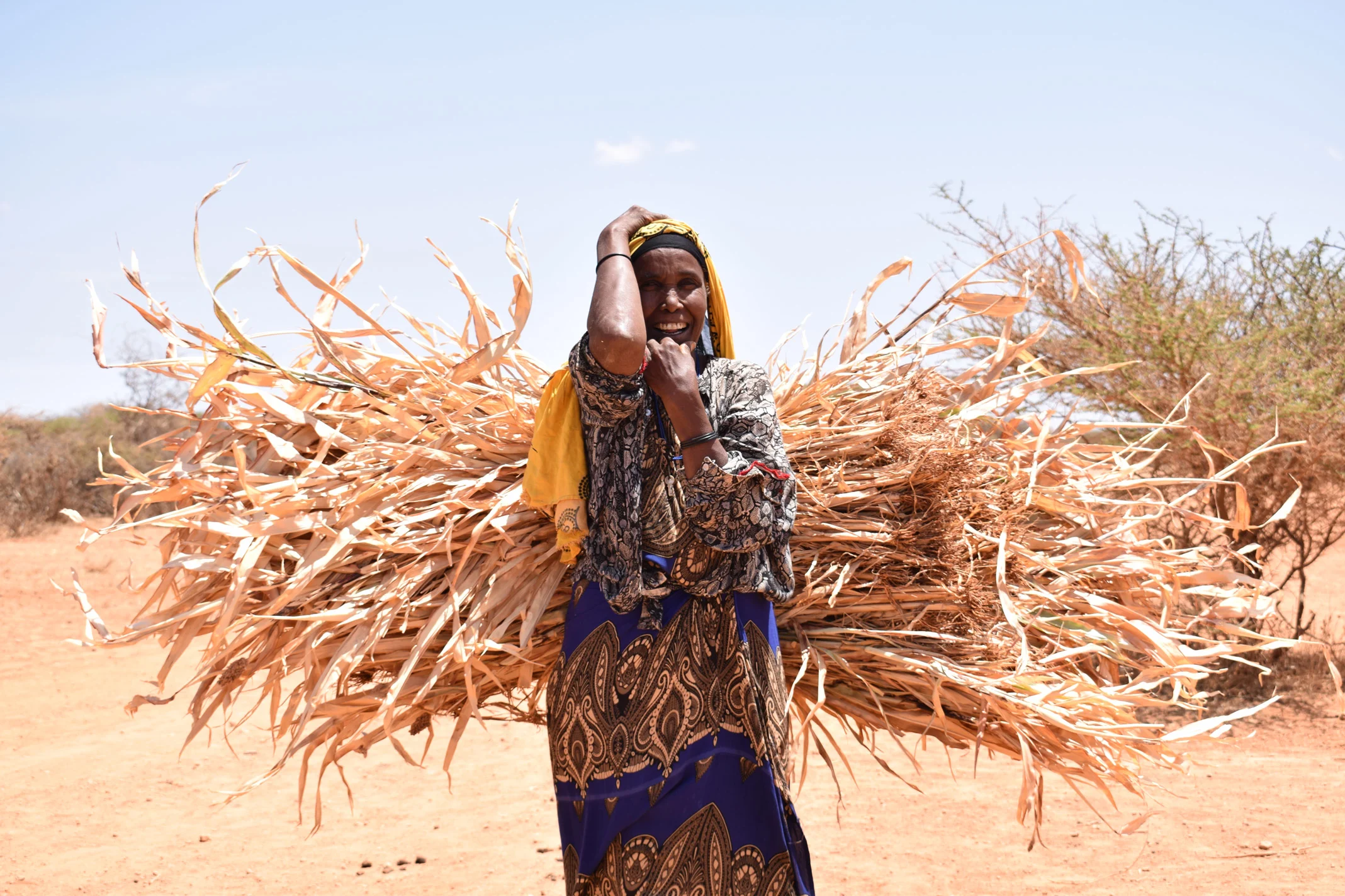
“Women are often sidelined in Somalia. Social, political and cultural structures don’t uplift and support them. I hope to fill in these gaps and strive toward new modes of representation. I’ve always felt invisible as a woman myself, and my art is a reaction to this. Social media enables me to share these stories with millions of people around the world. In elevating and empowering them, I feel like I’m also empowering myself.”

“My relationship with my sisters is so meaningful to me. I’m one of 15 children – the oldest of 12 girls and three boys. My sisters were my first collaborators and played an essential part in the development of my photographic practice. Many of us grew up in homes where taking photos wasn’t allowed either religiously or culturally, especially for girls. I had to work hard to make them feel comfortable and confident around the camera. It was cathartic for both them and me. My sisters felt like they had a sense of freedom, and it was an opportunity for self-expression, for play and a chance to be seen. It also allowed me to tune into myself and understand that my mission is grounded in personal storytelling.”
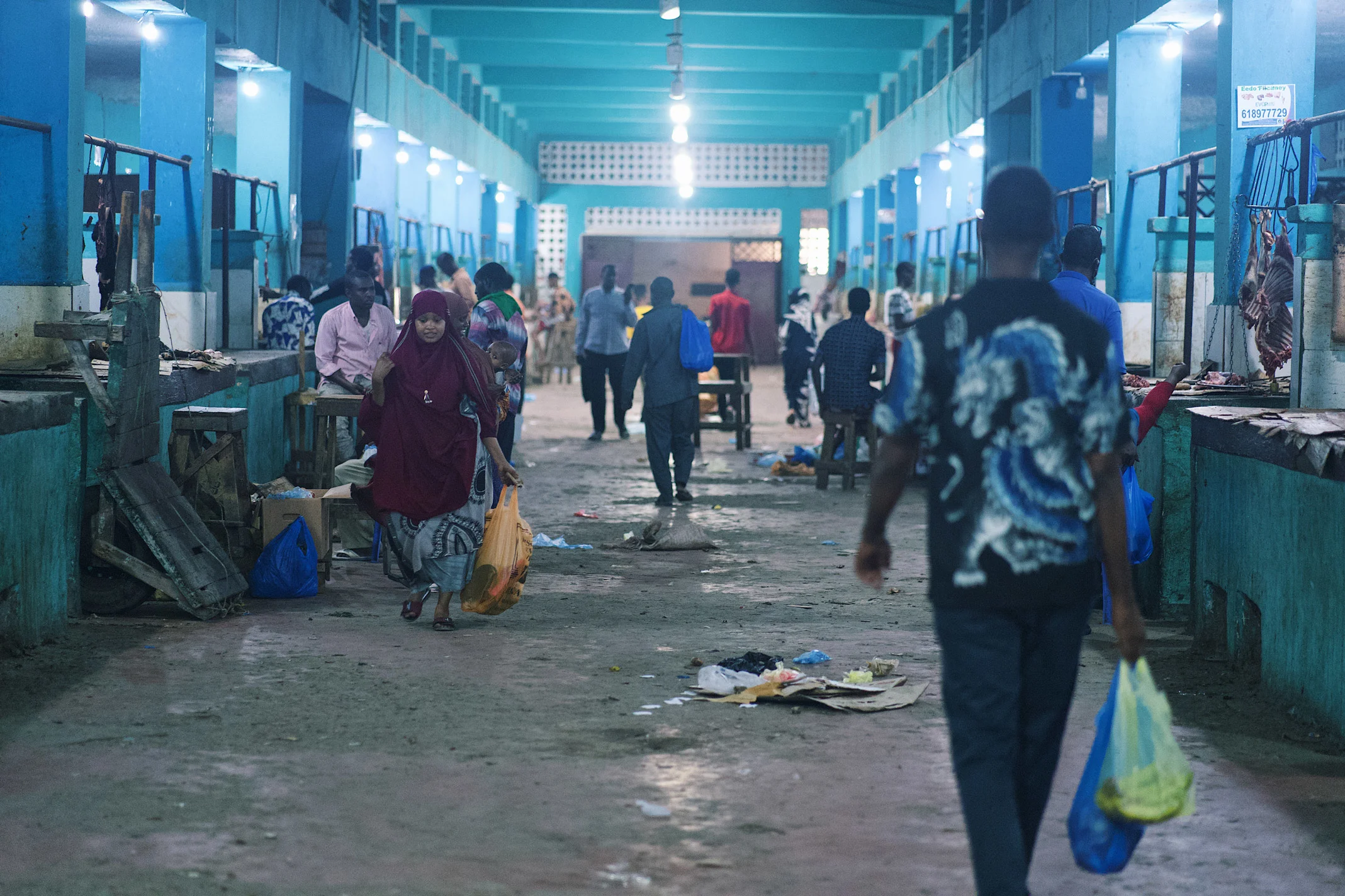
“As a young female photographer, I’m very aware of the space I occupy in culture. Making the work I do carries risks. I stand out. People aren’t used to seeing a woman with a camera. I often get verbal abuse on the street from men who believe this isn’t my place. At times like that, I imagine all the other girls and women who want to be photographers and can’t, due to a combination of fear and simply not knowing it’s possible. I use that as fuel to challenge myself, break barriers and tell the stories I want to tell.”
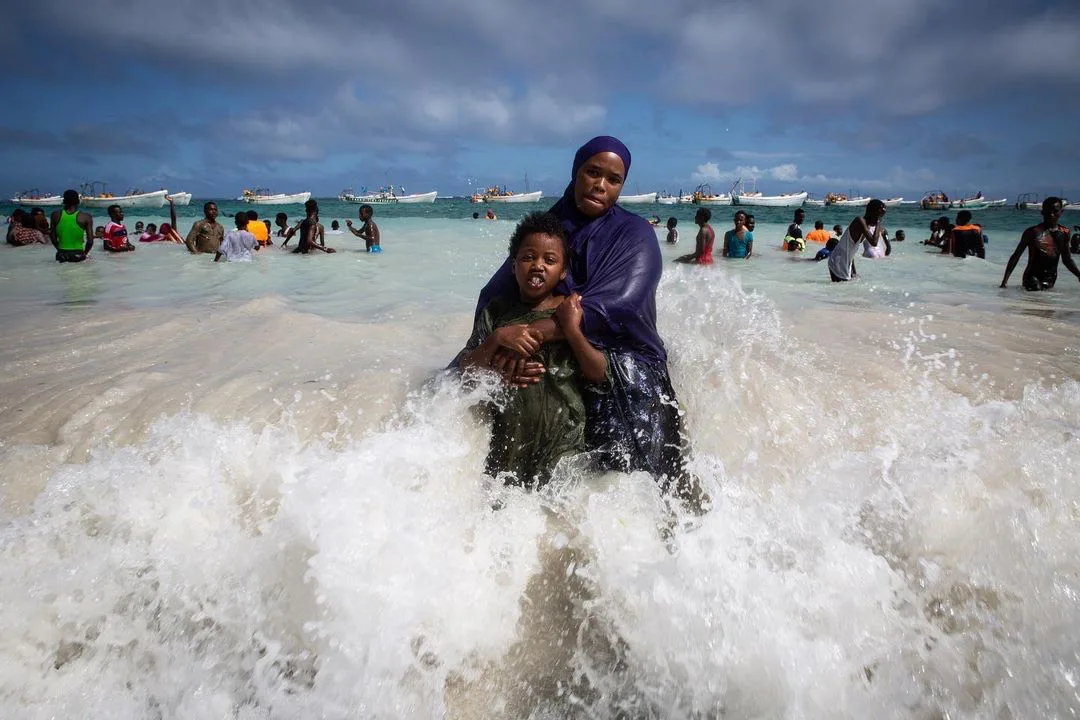
“I’ve always been intrigued by the epic contribution of mothers, even though they’re in an environment where the odds are stacked against them most of the time. Mothers are central to our community. Many of them are both the primary breadwinner and caretaker in the home. I see how much they’ve conquered in life, and I try to bring that energy and care into the photographs. Sometimes I struggle to put it into words, but their strength and resilience manifest in their bond with their children.”
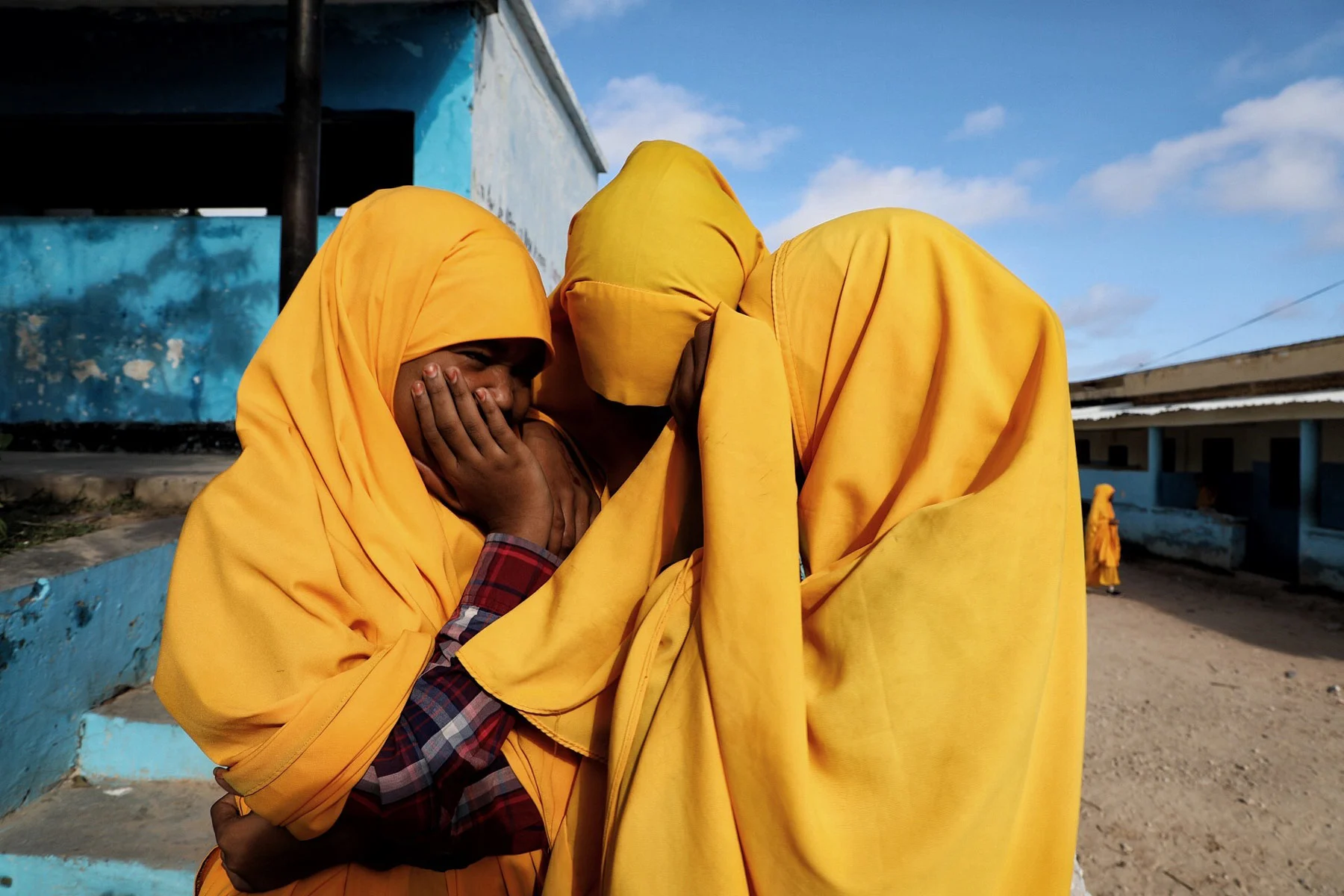

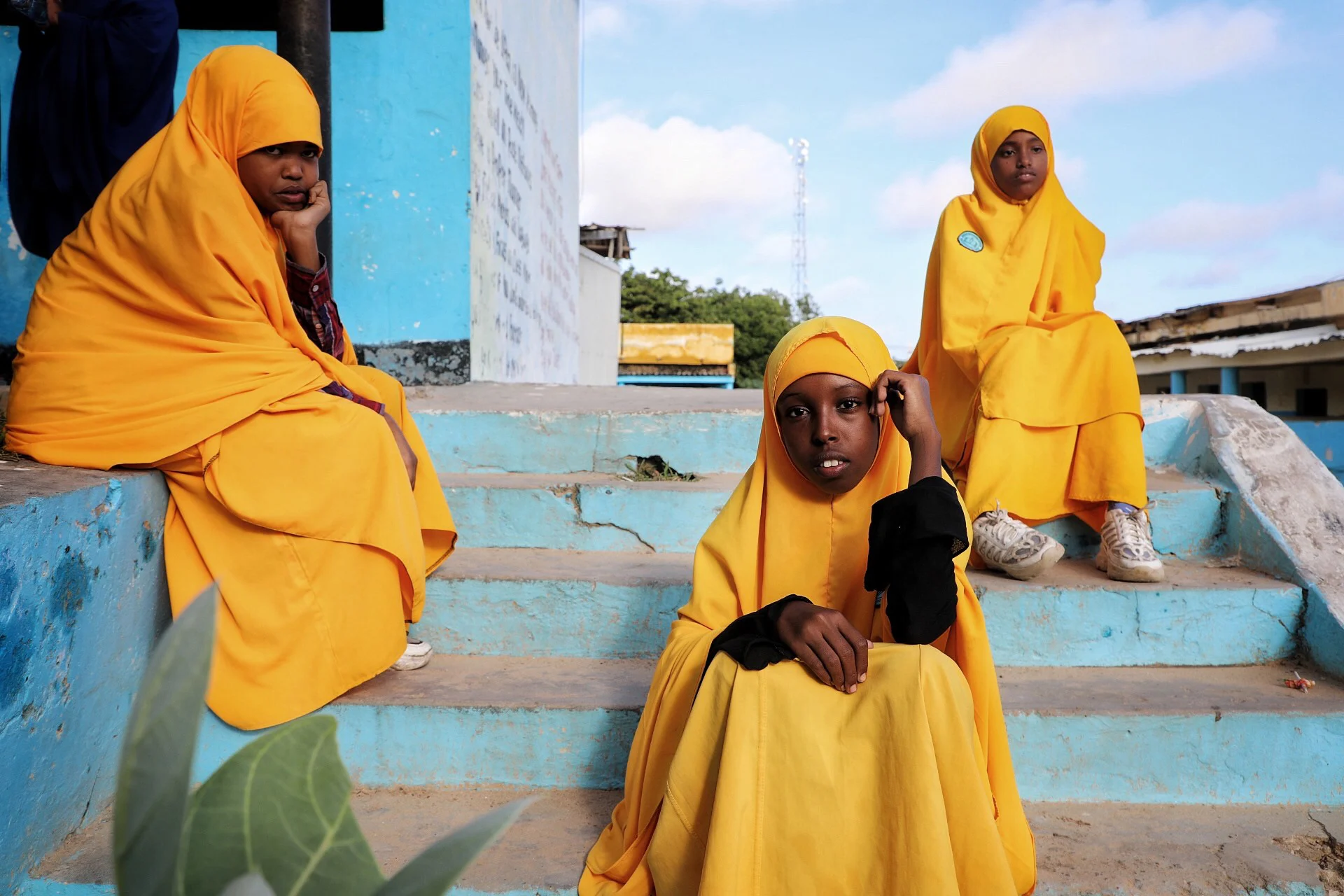
“I met these girls during an assignment. They were taking a break outside and had never been photographed before. It was such an intimate experience; we talked, and I explained my work to them and, slowly, I saw them transform. They went from being shy and hiding their faces – a typical expression for Somali girls when faced with a camera – to being so confident and conveying such joyful emotion.”


